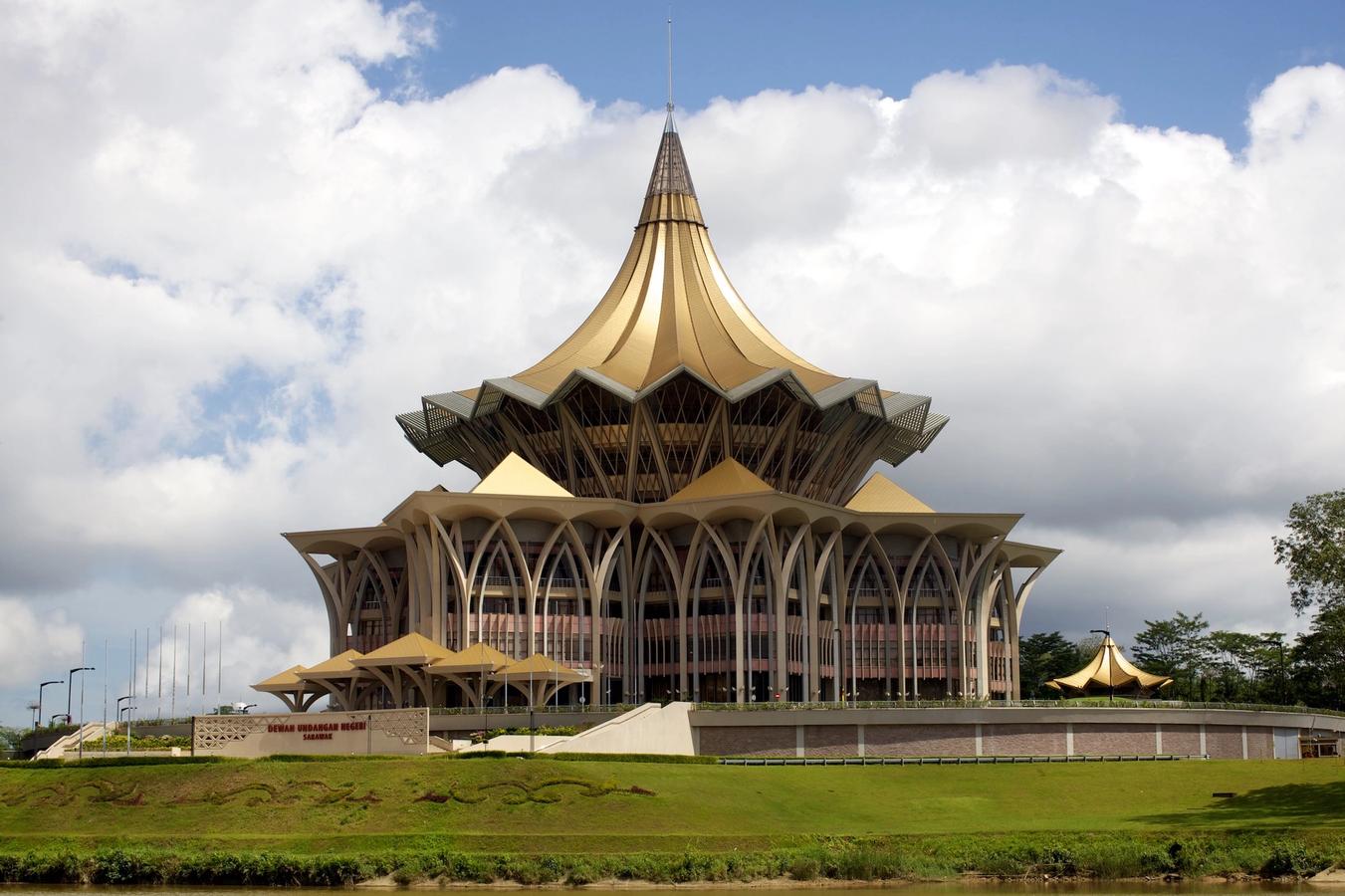Sarawak Report
Designing and building the systems for one of South East Asia's most impactful sites


Sarawak Report
SizeLarge
TypeEditorial
AreaInvestigate reporting
We worked on Sarawak Report, the South-East Asia investigative platform from its founding in 2010 to 2018. We gained invaluable experience in scale, security, accessibility and what it means to be working at the forefront of world news. Below are some of the many highlights of our varied work.

Truly Mobile first
Sarawak Report launched as a desktop only site. As it grew in readership and reach we started to notice a significant change in visitor patterns: Mobile use was on the rise. This led to re-design and re-development from the ground-up, paving the way to becoming one of South East Asia's first responsive (mobile first) news websites.

Mapping Bribes
For the 2011 and 2013 Sarawak State Election, we launched an open-source site for the collection of election tampering and corruption evidence. Bribes, payments and many other instances of election tampering were mapped across Sarawak.

Radio Free Sarawak
Radio Free Sarawak is a community radio station broadcasting on shortwave and online across the Malaysian state of Sarawak in the native language Iban. Its daily show was streamed out on Shortwave and downloadable online as a daily podcast. We worked on the site in parallel with Sarawak Report and helped establish the station at various locations. We also designed and helped sell t-shirts to support the station (and we made this patch too) among other activities.
We are around 10 miles in-land somewhere in Sarawak, driving down dirt roads on our way to dinner with some friends.
It's a hot and humid day, though rain is forecast for the afternoon. This is our first time visiting Sarawak and it's been an interesting trip so far. We are finally seeing the place we have done so much work about and meeting the people who read our stories and listened to our shows.
My phone informs me that the area has a little bit of 3G, but I doubt there is any other internet connectivity out here. Just before we start eating someone pulls out their Samsung smartphone and types in the website address for Radio Free Sarawak (he doesn't know that we designed and built it) and what comes next completely takes us by surprise. He doesn't download the show or use any app but presses play on the latest episode and leaves it streaming throughout the meal.
Like a wild User Testing scenario, you can never quite predict how people might use what you design and construct. There is something incredibly satisfying to witness something you spent ages fretting over benefitting someone who might otherwise not be able to listen in.
Turning Radio Free Sarawak into a mobile first responsive site and keeping file sizes down seemed like a great idea, but seeing it used in the wild makes ideas such as these even more important.


Simulating Dam Destruction
The state Government in Sarawak was planning to construct a Dam blocking the Baram River, deep in the Malaysian state of Sarawak. The dam would have permanently destroyed a string of villages and upended the lives and livelihoods of its inhabitants. We worked with local NGOs on the ground to map the destruction its construction would cause. Protesters on the ground successfully blocked construction for more than 800 days and the dam project was eventually abandoned.

Headless for a Reason
In 2015 Sarawak Report went headless, separating the front-end that served its visitors from the backend systems. This drastically improved our uptime and security. In fact, this worked so well that the only way left to stop people from visiting the site was to ban it outright and that's exactly what the (then) Malaysian government did. We were also one of the first sites to join Cloudflare's Project Galileo.

Mobile Apps & Google Ads
When the site was banned by the then Malaysian Government in 2015, it posed a new challenge. We approached this on multiple fronts.
We created numerous proxy sites using a variety of sub domains and domain names.
We ran multiple Google Ads campaigns to promote the proxy sites together with a concerted effort on Social.
We developed (with the help of incredible contributions from the community) dedicated iOS and Android apps. These apps were downloaded by thousands of people and proved incredible successful.
We cross published stories on Medium until Medium was banned too.
